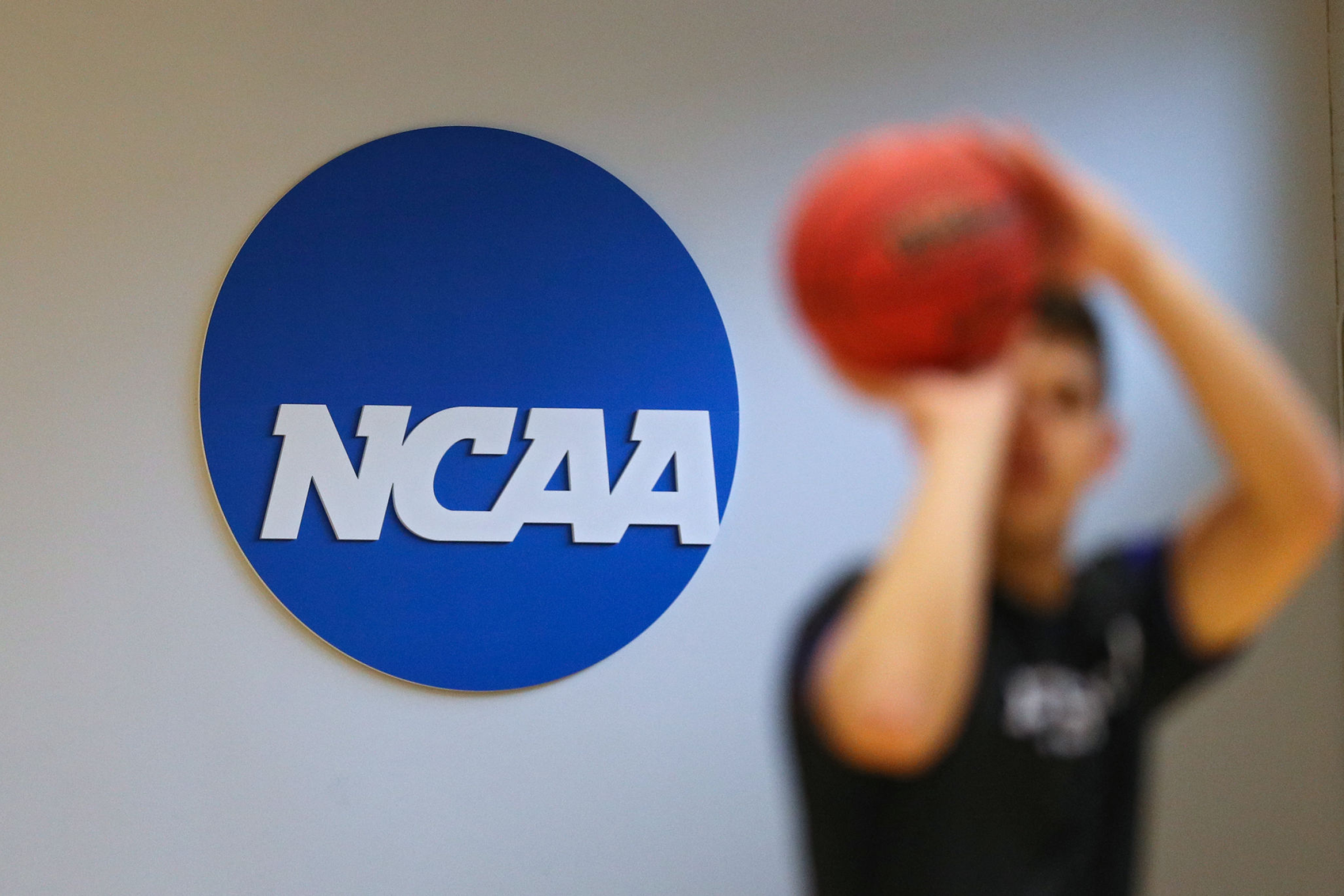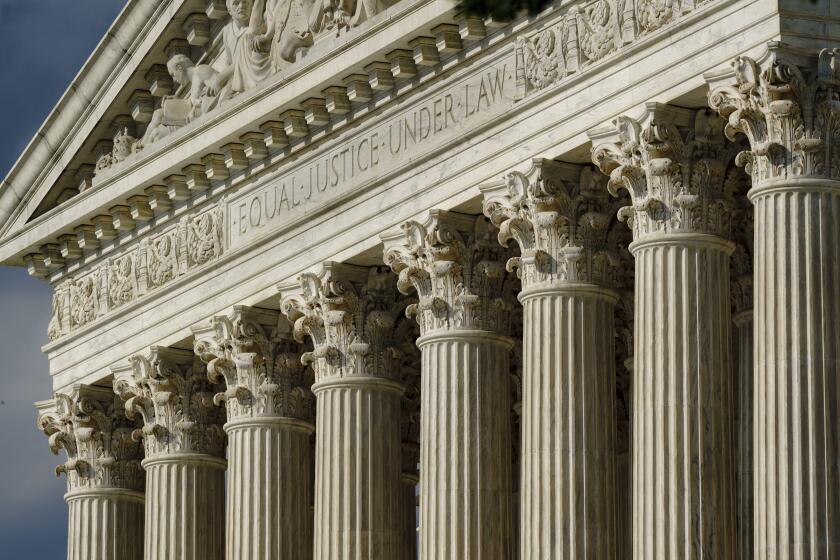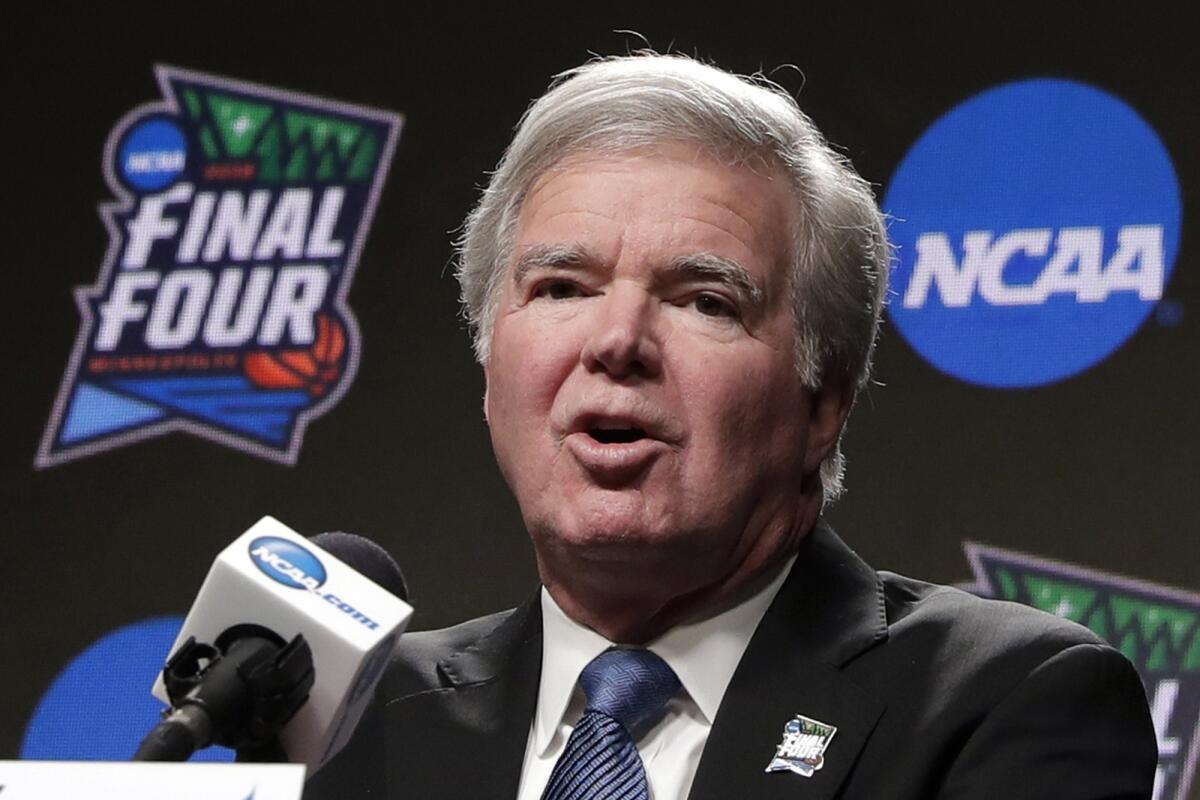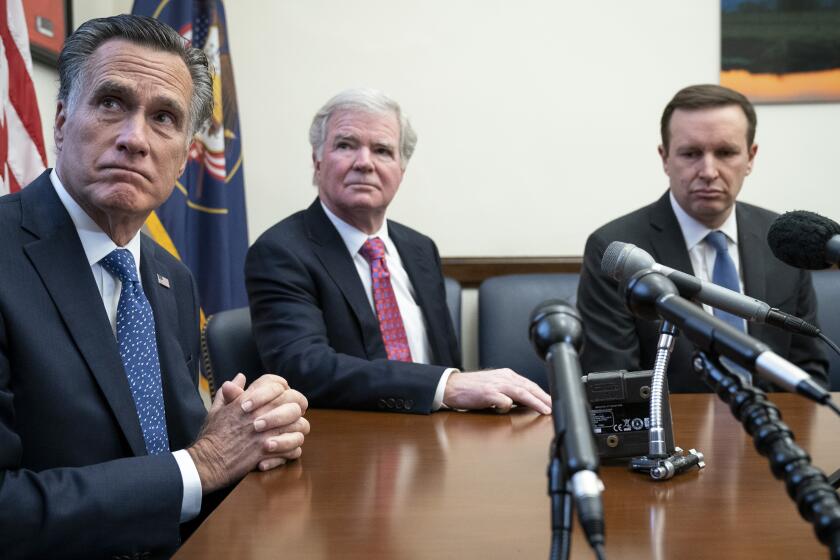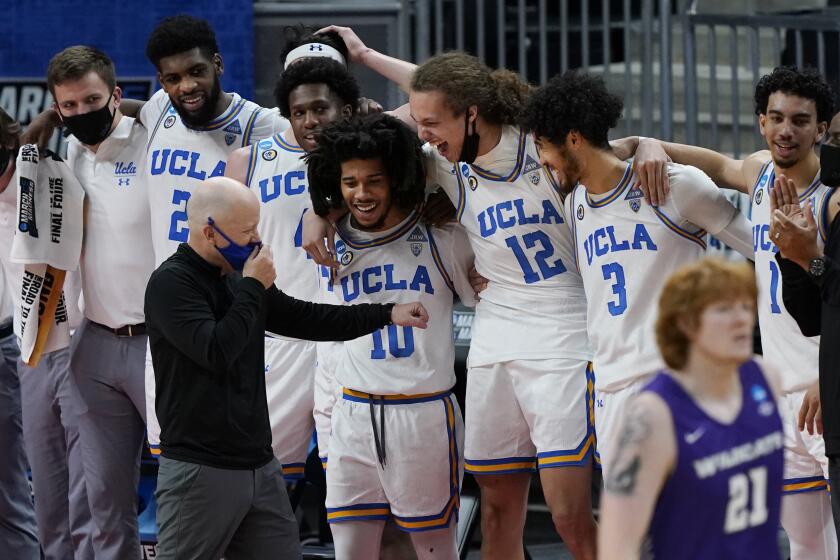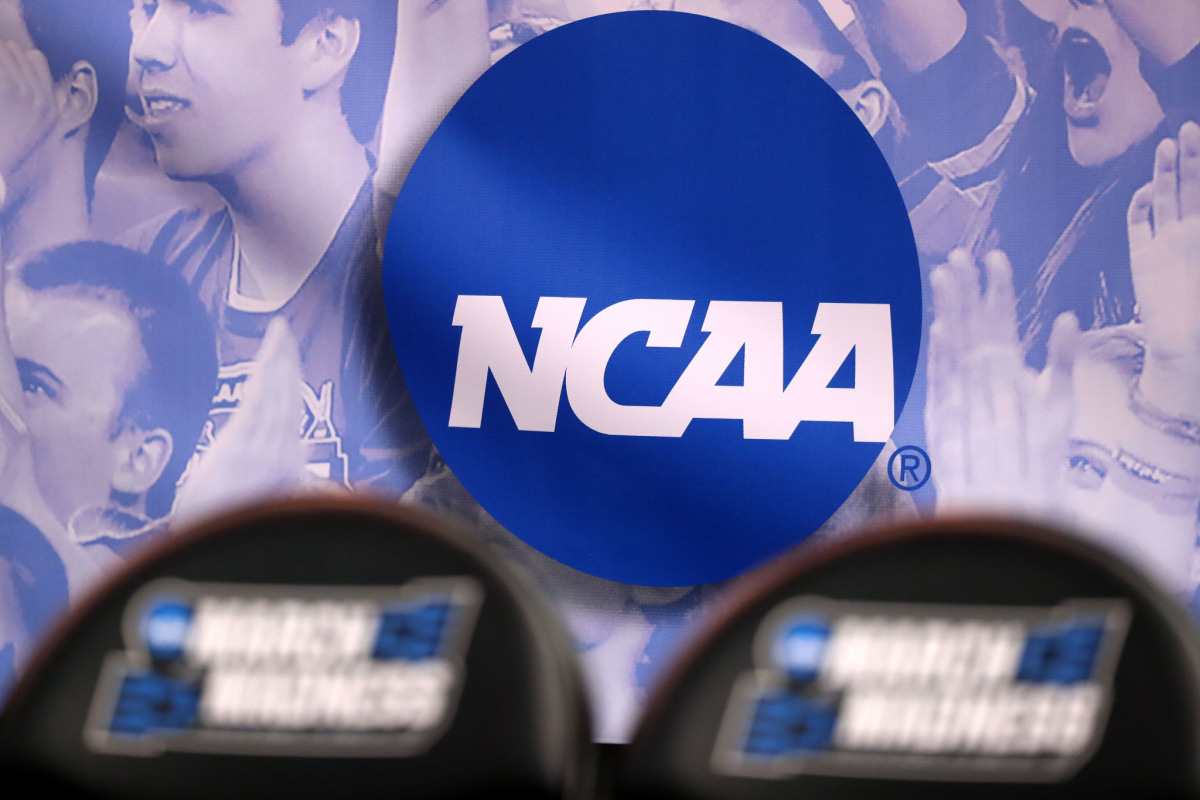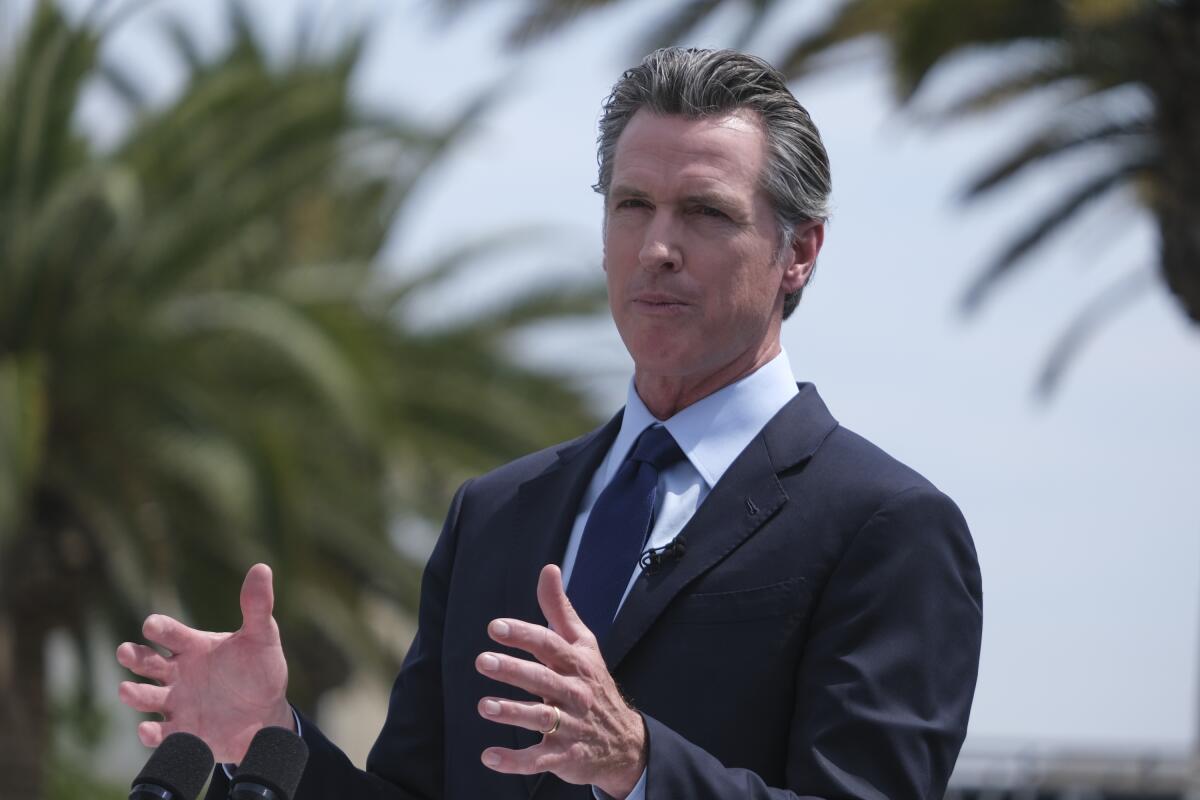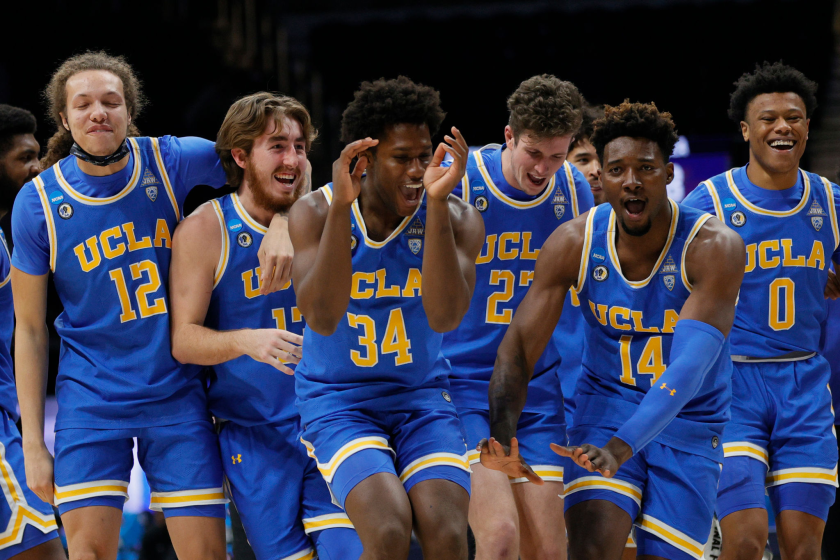Should college athletes be compensated beyond the value of an education? The Supreme Court waded into that debate Monday, ruling against the NCAA’s strict rules on amateurism that ban schools from providing perks like paid internships, postgraduate scholarships and free laptops.
While narrow, the justices’ unanimous decision — upholding a U.S. 9th Circuit Court of Appeals finding that schools were violating antitrust law in setting limits on athletes’ education-related benefits — hinted that further change is inevitable. Writing in a separate opinion, Justice Brett M. Kavanaugh said that the “NCAA’s business model would be flatly illegal in almost any other industry in America.”
The Supreme Court’s action comes as the NCAA’s rules prohibiting college athletes from profiting off the use of their name, image and likeness (NIL) are squarely in the crosshairs of state legislators from coast to coast. California jumped ahead in the fall of 2019 with the first state law restoring NIL rights to college athletes, allowing them to be paid for endorsement deals and the like without fear of NCAA punishment starting in 2023. Dozens of states have followed since, and some laws are scheduled to go into effect July 1.
Schools may not be ready for the chaos to come, but if so, it won’t be because they didn’t have enough time to prepare.
When former UCLA basketball star Ed O’Bannon put his name on the historic class-action suit that took the NCAA to trial for antitrust violations related to NIL in 2014, he took the first steps toward creating today’s activist energy in a downtown Oakland court room. The movement has only intensified from there, and it seems college sports will never be simple again.
“We’ve become a multibillion-dollar business, and when that happens people are going to look at your business,” UCLA men’s basketball coach Mick Cronin said Monday. “The first thing people are going to say is, well, what about the employees?
“The days of Kareem Abdul-Jabbar just being thankful to play at UCLA are over. The days of Bill Walton just playing at UCLA and being thankful for the scholarship are over.”
